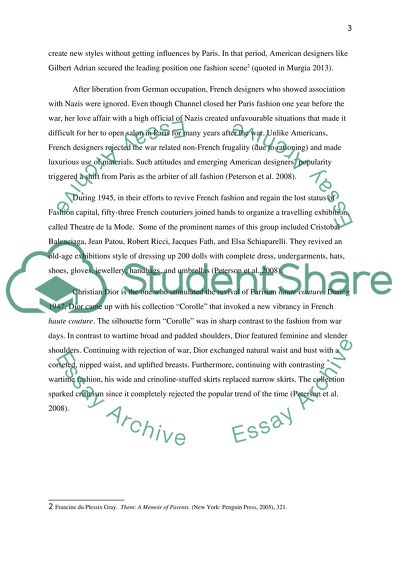Cite this document
(“Revival of Parisian Haute Couture after WWII Essay”, n.d.)
Revival of Parisian Haute Couture after WWII Essay. Retrieved from https://studentshare.org/history/1486970-art-and-fashion-essay
Revival of Parisian Haute Couture after WWII Essay. Retrieved from https://studentshare.org/history/1486970-art-and-fashion-essay
(Revival of Parisian Haute Couture After WWII Essay)
Revival of Parisian Haute Couture After WWII Essay. https://studentshare.org/history/1486970-art-and-fashion-essay.
Revival of Parisian Haute Couture After WWII Essay. https://studentshare.org/history/1486970-art-and-fashion-essay.
“Revival of Parisian Haute Couture After WWII Essay”, n.d. https://studentshare.org/history/1486970-art-and-fashion-essay.


